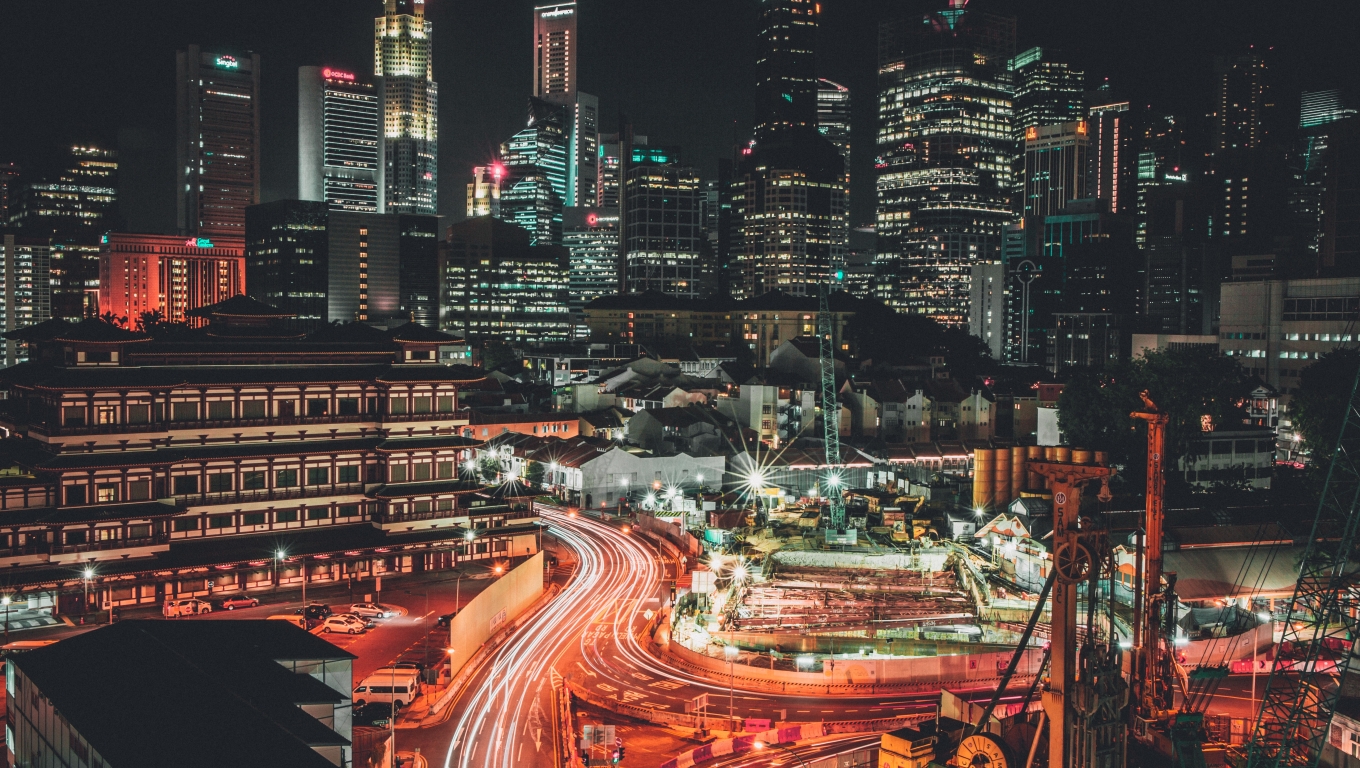

These gradual changes in planning reflected increasing reliance on carriages and horse-drawn trolleys instead of walking. Time lapse view of container cargo ship in the export, import business, logistics and transportation. These new widths might be influenced by growing population size from only 25,000 in the 1770s, to 64,000 by 1811, and 247,000 by 1834, thereby requiring wider streets for expanding population and higher buildings. In other words, moving from the older networks in the south to newer networks in the north, the width of streets and size of blocks generally increases. Later widenings increased many of these smaller and pre-1811 streets to width between 100 and 130 feet. In fact, the average width of secondary arterial streets increased from 30 feet for streets opened between 1624-1664, to 45 feet for streets opened 1664-1811, and then a uniform width of 60 feet for any cross street opened after 1811. Tap into Getty Images global scale, data-driven insights, and network of more than 340,000 creators to create content exclusively for your brand. With street systems, the reliance on the foot is manifested in narrower streets widths not designed to accommodate greater width from carriages, trolleys, and later cars. Time-Lapse of the famous destination and City in the world.

This preference was manifested in the shorter distances between residential, industrial, shipping, and commercial areas - and more frequently their overlap. City Timelapse.In this footage include the timelapse of New York City, Shanghai, Hong Kong, Ba. Zhang has written up his research methodology for the video as well as some observations and analysis of the data.įor almost the first half of Manhattan’s history, walking was the primary means of transport. The result is an abstract representation of urbanism. This process highlights the organic spurts of growth and movement that typify New York’s and most cities’ development through time.
#CITY TIME LAPSES SERIES#
The resulting short film presents a series of “cartographic snapshots” of the built-up area at intervals of every 20-30 years in the city’s history. Remember that photographic rules still apply to time-lapse photography, so make sure you don’t overlook composition. This could be anything like the sun setting, traffic moving in a city or a change in weather. Using geological surveys, geo-referenced road network data, and historic maps drawn the from the collections of the Library of Congress and New York Public Library, Miles Zhang made this time lapse video of the development of the street grid of NYC from 1609 (when Henry Hudson first explored the area for the Dutch) to the present day. Planning your shot and picking a subject in a scene that changes over time will make for a more interesting result.


 0 kommentar(er)
0 kommentar(er)
